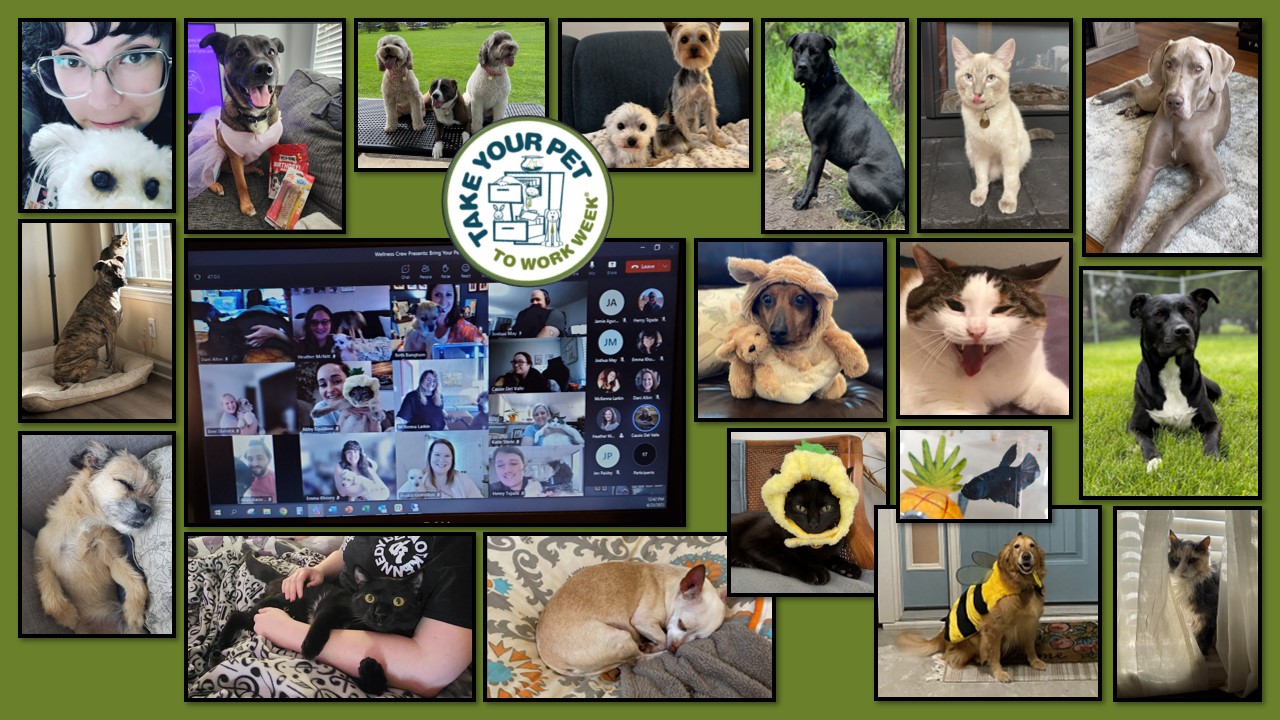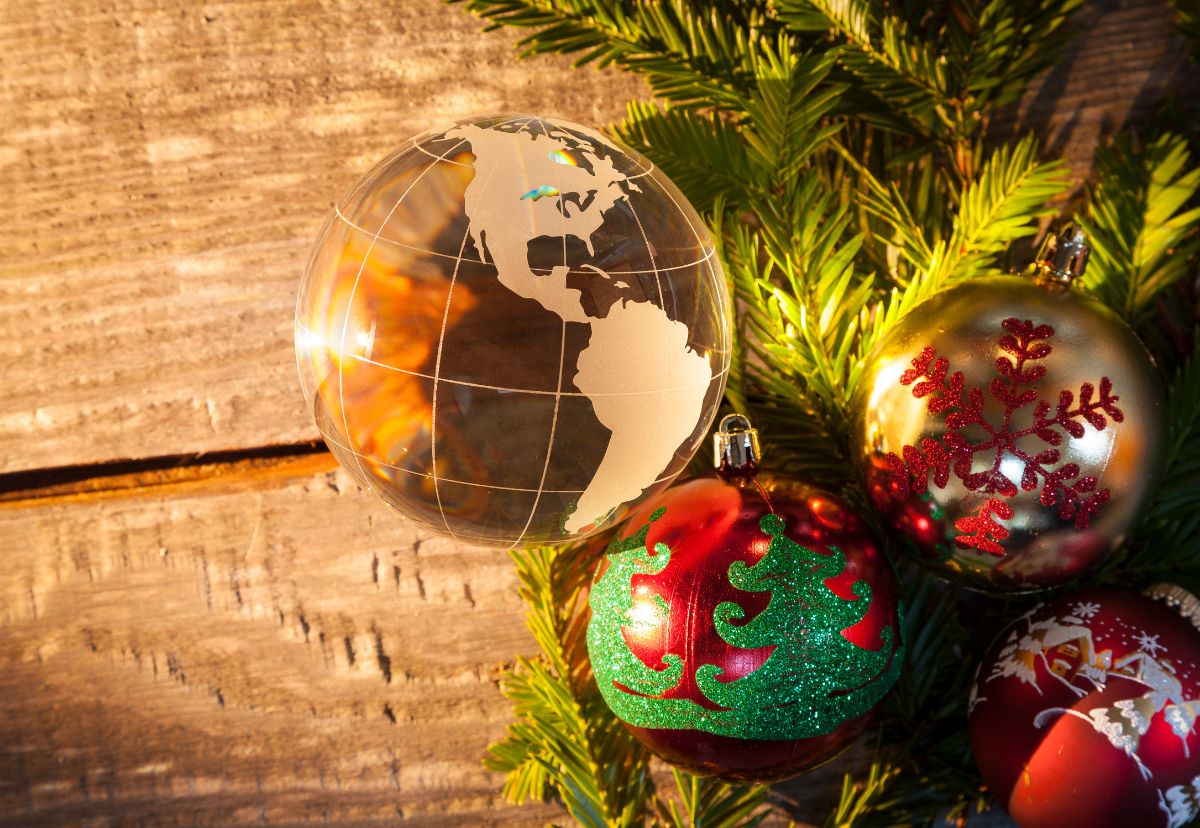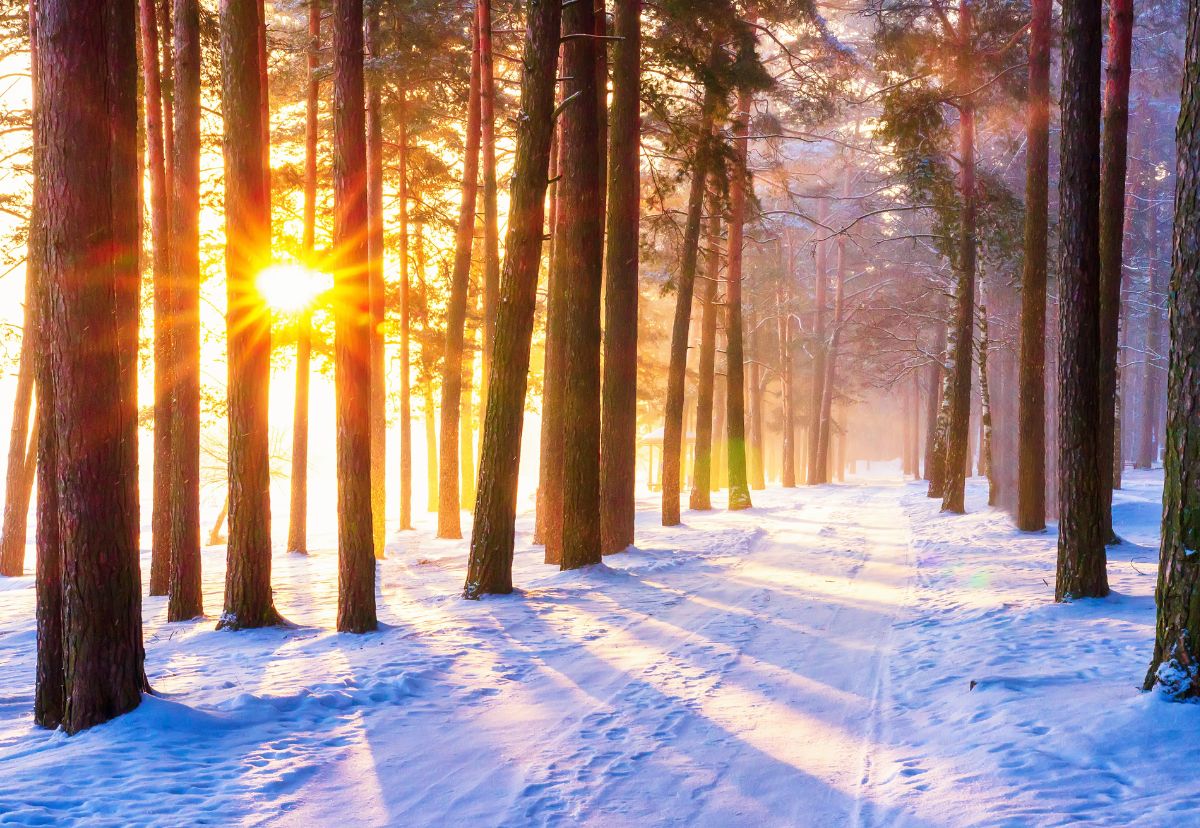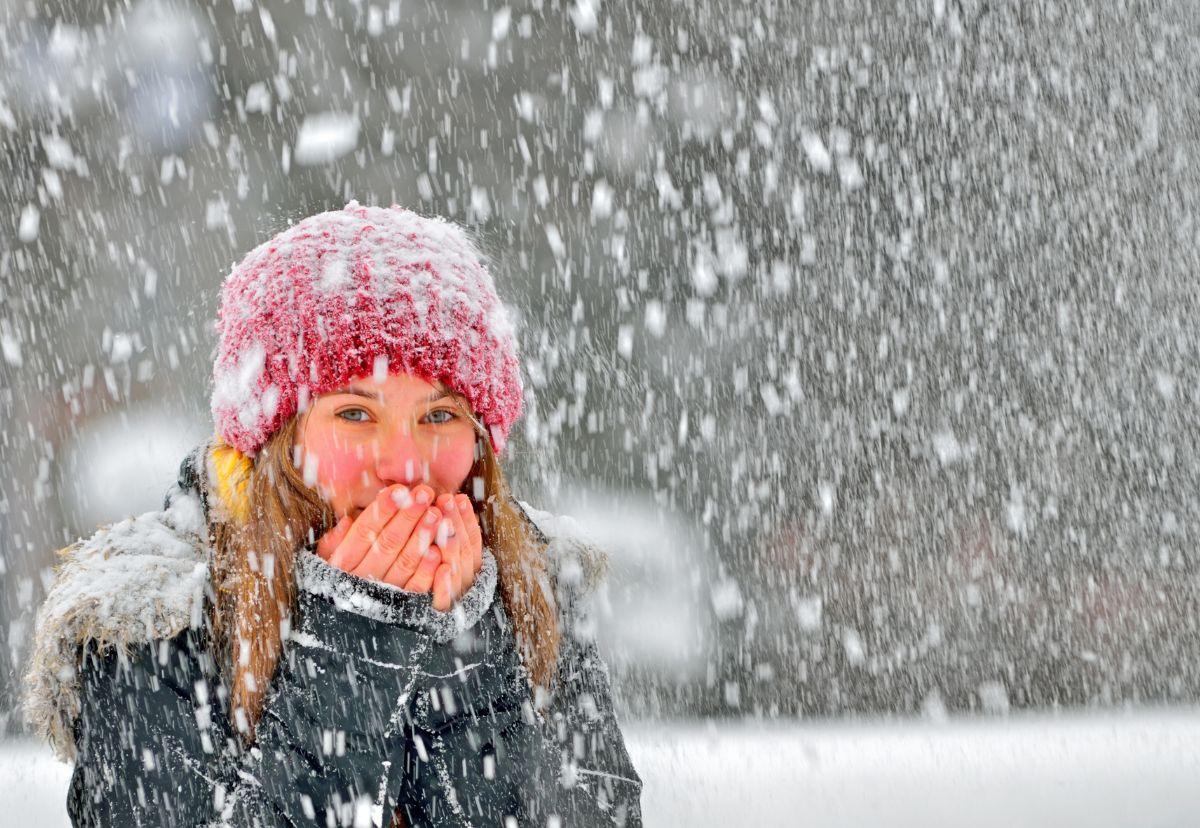It’s September, folks. You know what that means? Yes, it means your kids are finally going back to school, but it is also National Pet Insurance month! You may be shocked that pet insurance is prevalent enough to warrant its own month of celebration. According to a recent article in Forbes, there are over eighty million dogs and over sixty million cats in the United States.
Most companies offer health insurance to their full-time workforce and extend that benefit to significant others and even children. But what about four-legged children and their bills? The more prominent costs, at least for me, include fun toys and tasty treats because my pets are incredibly spoiled. However, the concern that loomed above all others was the pawsibility of one of my fur babies falling victim to serious illness or injury. When my bichon-poo mix Gipsy Danger wasn’t eating and lethargic with a serious cough at 3 months old, it cost over $500 at the emergency veterinary clinic to diagnose and treat her kennel cough. I was, of course, relieved to be able to get her the care she needed, but that bill still stung quite a bit. Had she been insured with Nationwide Pet Insurance at that time, 70% of her total bill would have been reimbursed to me. They even have direct deposit!
Now, my two cats and pupper are all covered under Nationwide Pet Insurance. Coverage includes a portion of everything from routine visits and vaccines to emergencies. It may be a bit pricier than some of their competitors, but the comprehensive coverage more than makes up for it. Not to mention the easy-to-use app that allows you to access benefits and submit claims within minutes. And did I mention they have direct deposit?!
A recent study done by Pew Research identified that a staggering 97% of pet owners consider their animals as members of the family – rightly so – with 51% ranking their furry family on the same level as their human ones. If that’s true, it only makes sense to insure your four legged family as much as your two legged ones.











